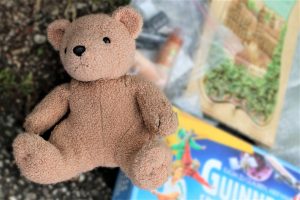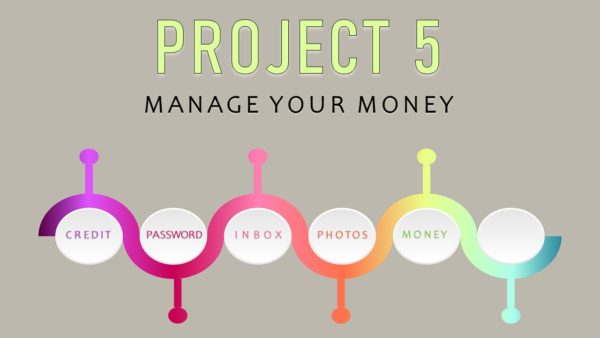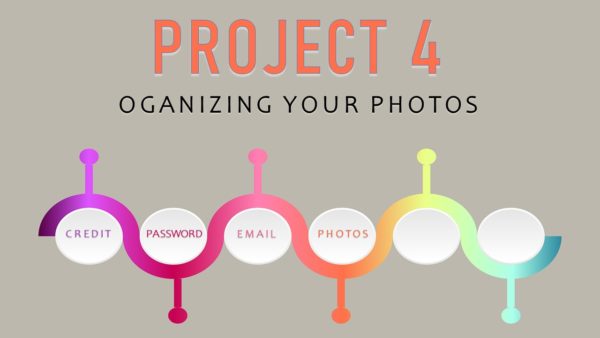Estate planning requires us to confront many challenging issues. For some, the thought of facing…
Teaching Kids the Importance of Letting Go!
 Remember when your child was learning to walk? You encouraged them often, rejoiced in their success, and understood it was part of their growing up and developing independence. Just like walking is an exciting milestone, letting go is a learned behavior that needs to be taught from a young age.
Remember when your child was learning to walk? You encouraged them often, rejoiced in their success, and understood it was part of their growing up and developing independence. Just like walking is an exciting milestone, letting go is a learned behavior that needs to be taught from a young age.
The act of letting go is a habit that is built from small decisions made on a regular basis. It’s not a big event, like cleaning a room. Learn to implement age-appropriate actions with your kids on a regular basis. If possible, start when the child is young, but it’s never too late to start! Are you guilty of making any of these mistakes? Could you start to change your own thoughts about letting go?
Keeping something just because it was a gift.
Giving a gift is an act of kindness, not an ongoing obligation for the recipient to keep it forever. Too often I witness clients’ homes full of objects they don’t want but feel compelled to keep. They hold on to a lesson from their childhood: getting rid of an unwanted or unneeded gift is disrespectful to the person who gave it. Instead, understand that a gift is meant to bring joy, not guilt. Teach your child to appreciate the thoughtfulness of the gift giver, whether the item given has value to them or not.
Attaching sentimental importance to everything your child creates.
Art can be valuable to the development of children, helping to build cognitive and fine motor skills. But the process is more significant than the product for the child. When every art project and paper that comes home is kept, it is hard to know what is special. Be clear about where artwork will be displayed and how much can hang there. When the spot is full, help your child to decide what to take down to make room for their newest masterpiece. Move those extra special pieces to a special memory box, but involve your child in this decision process and help them to be very selective. Occasionally, mail a few off to family and friends (with a note permitting them to dispose of the art when needed). And let the rest go. As adults, they will be better able to make difficult choices themselves.
Donating or throwing items away behind their back.
Clients and friends have confessed to getting rid of their kids’ stuff while they are away from the house. The rationale is that it’s easier than fighting with them over the clutter. Just like the artwork mentioned above, kids need to learn for themselves how to let things go. Involve your children in the process of creating “rules” for what needs to go before they start to sort; for example, broken items, things they have outgrown, or anything missing pieces. Then let them sort their toys and games, keeping the ones that they use often, setting aside the maybes. Then involve them in removing the trash and donations. When kids practice this ritual, they become accustomed to letting go of those items that no longer serve their purpose.
Undermining the process.
Parents often ask me to work with their kids in their spaces, to teach them the process of organizing. It is always fascinating to examine with a child why they feel a connection to a certain toy, or to have them explain the way they use certain items in the act of make believe. But after a few hours of sorting, purging and setting up the space to work for the child, occasionally some parents come in and make sweeping changes. They might pull a toy out of the donate pile, justifying this because it’s new, it was a gift, or because the parent is fond of it. Or remove more of the things their child chose to keep – justifying this as getting rid of a “little more”. This teaches the child that their decision-making process isn’t valued. With older kids, this can feel like a violation, which leads to lack of trust.
Letting go might be difficult if you didn’t learn these habits when you were young.
I see many of my clients’ difficulties coming from the lessons or patterns of behavior that stem from their childhood. It’s best to start when your children are young, because if the first time you ask your child to do this is at age 12, it’s going to be much more difficult for everyone involved. Not impossible, but they may just need more time and patience from you. Letting go is an empowering life skill you can start to develop in your child now. Start with baby steps, encourage them often and rejoice in their success.
You may also enjoy reading Organizing Your Child’s Room



